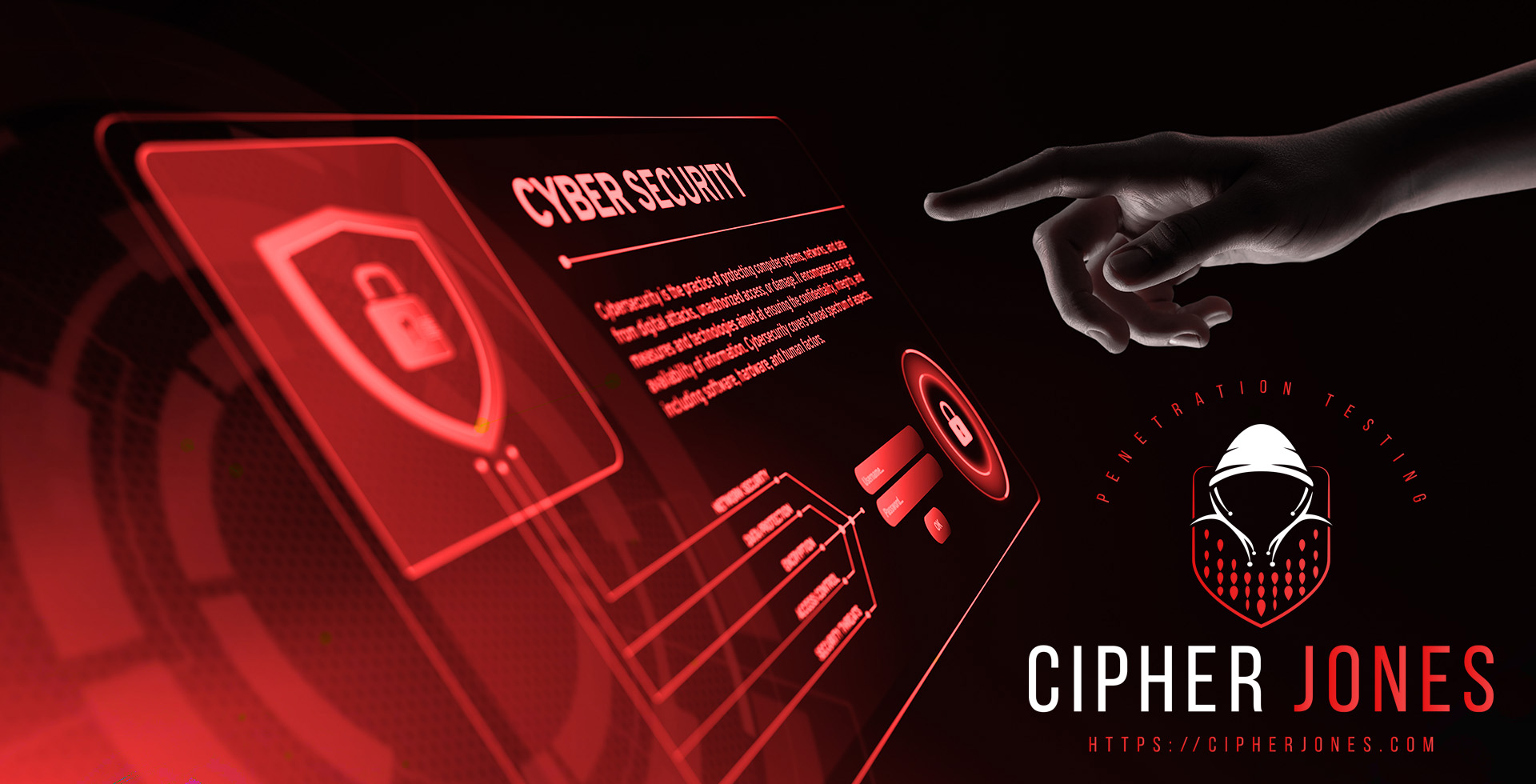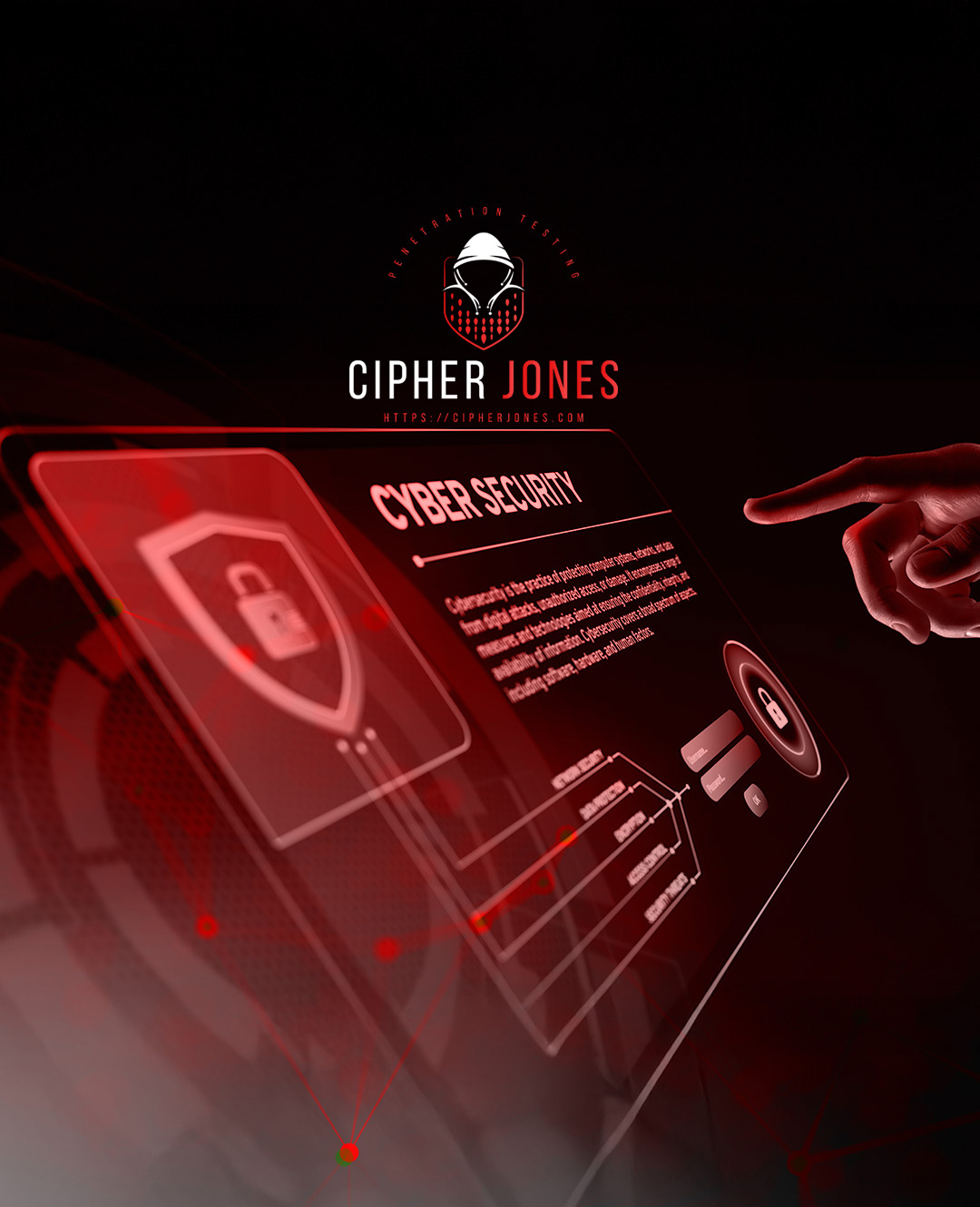

Penetration Testing
At RITC Cybersecurity, we provide comprehensive penetration testing services designed to identify vulnerabilities before attackers do. Our expert security professionals simulate real-world cyber threats to assess your organization’s defenses, uncover weaknesses, and deliver insight to strengthen your security posture. Whether you’re looking to meet compliance requirements, protect sensitive data, or proactively mitigate risks. Our tailored approach ensures thorough testing without disrupting business operations. With a focus on precision, and strategic remediation, we help you stay ahead of evolving cyber threats and safeguard your critical assets.
The following sections outline our approach to pen testing, detailing each phase of the process from defining objectives to remediation and validation.
- We work with you to clearly defining the objectives and scope of a penetration test ensures alignment with business goals, such as identifying vulnerabilities, assessing security controls, or ensuring compliance. The scope should specify the systems, access levels (black-box, gray-box, or white-box), and any limitations to minimize business disruption.
- We work with you to define your target audience and stakeholders for a penetration test. Stakeholders may include security teams, IT administrators, developers, compliance officers, and executives.
- Our team of professionals will identify vulnerabilities that could be used to exploit security weaknesses using automated scans, manual techniques, and custom scripts. The goal is to assess real-world risks, such as injection flaws and privilege escalation, while ensuring controlled testing to avoid disruptions.
- Our goal is to identify long-term risks by evaluating data access, privilege and the ability to maintain footholds.
- Our team will cleanup and remove any test artifacts, reversing temporary changes, and ensuring no lingering access points remain from the penetration test. This step helps restore systems to their original state while verifying that no unintended disruptions occurred.
- Our team will provide in depth reporting’s identifying findings involving documenting vulnerabilities, their impact, and remediation steps, with an executive summary for leadership and technical details for security teams. Clear, prioritized recommendations help strengthen security and prevent future threats.
- After you have implemented fixes and have remediated unauthorized access points. Our team will retest to ensure that identified vulnerabilities are properly addressed and no new security gaps are introduced.
- A follow-up assessment validates the effectiveness of remediation efforts and helps strengthen overall security resilience.
Best Practices
- Conduct pen tests regularly
- Utilize automated and manual testing techniques
- Integrate pen testing into S-SDLC workflows
- Mimic real-world attacks
Vulnerability Management
RITC Cybersecurity uses both cloud-based and internal scanners to identify vulnerabilities in your computer environment. This comprehensive approach helps your team assess risk levels and better understand potential weaknesses.
By partnering with RITC Cybersecurity, you will establish a comprehensive policy to manage vulnerabilities that includes defined triage steps and human review for detected vulnerabilities. The process delivers a true picture of the actual risk of all reported vulnerabilities. With accurate data in hand, an effective process in place, and defined SLAs you are now able to spend your valuable time addressing critical issues instead of chasing ghosts.

